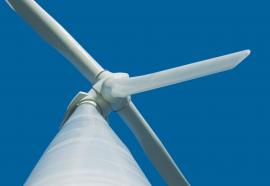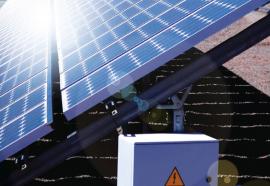MidAmerican Energy Announces $1.9 billion Investment in Additional Wind Generation Capacity
Submitted by aburr on Sat, 2013-06-01 13:31MidAmerican Energy will add up to 1,050 MW of wind generation, consisting of up to 656 new wind turbines, in Iowa by year-end 2015. If the expansion is approved by the Iowa Utilities Board, MidAmerican Energy will own and operate approximately 3,335 MW of wind generation capacity in Iowa by year-end 2015.




